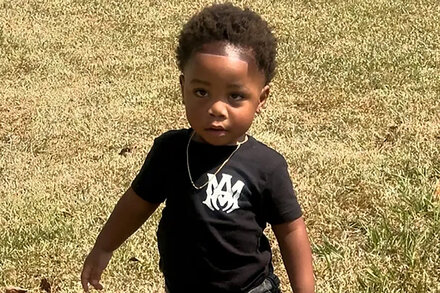A potentially catastrophic school shooting in a suburban New York community was successfully averted thanks to the extraordinary collaborative efforts of 106 individuals, ranging from students and teachers to law enforcement and mental health professionals. The coordinated intervention highlights the critical role of collective vigilance and comprehensive threat assessment in preventing acts of violence.
The incident, which authorities say could have resulted in significant casualties, was thwarted after a complex web of observations, reports, and strategic interventions came together. While specific details about the individuals involved and the exact location remain protected to ensure privacy and ongoing safety measures, officials have lauded the unified response as a blueprint for community-led prevention.
A Network of Vigilance
The prevention effort began with a seemingly small but crucial observation. A student, noticing a classmate exhibiting concerning behavioral changes and posting troubling content on social media, confided in a trusted teacher. This initial report activated a rapid response system that involved multiple layers of the school community and external agencies.
“It started with one student having the courage to speak up, and one teacher having the wisdom to listen,” stated Eleanor Vance, the school district superintendent, in a press conference. “That single act of trust cascaded into an incredible symphony of cooperation. It wasn’t just law enforcement, it wasn’t just school staff; it was literally our entire community rising to the occasion.”
The “106 people” figure encapsulates every individual who played a direct role in the prevention: students who reported suspicious activity, teachers and counselors who engaged with the at-risk individual and shared information, school administrators who coordinated the school’s response, mental health professionals who conducted assessments and provided intervention, and local law enforcement officers who investigated the threat and ensured public safety. Community leaders, parents, and support staff also contributed vital information and resources.
Multi-Disciplinary Threat Assessment
Once the initial report was made, a multi-disciplinary threat assessment team, comprising school psychologists, guidance counselors, a school resource officer, and district leadership, immediately convened. This team worked in conjunction with local police detectives and mental health clinicians specializing in crisis intervention.
The investigation involved careful monitoring, interviews, and a comprehensive evaluation of the individual’s mental state and intentions. The collaborative approach allowed for a holistic understanding of the situation, moving beyond simple punitive measures to address the underlying issues contributing to the threat.
“Our primary goal was not just to neutralize a threat, but to offer support and de-escalate a potentially tragic situation,” explained Dr. Aris Thorne, a forensic psychologist involved in the case. “The coordinated effort of 106 people meant we had eyes, ears, and expertise from every angle. It allowed us to implement a tailored intervention plan that prioritized both safety and well-being.”
This comprehensive strategy led to the peaceful resolution of the crisis, ensuring no violence occurred and the individual received the necessary professional help.
A Model for Prevention
The successful intervention has drawn significant attention from national safety organizations, who see it as a powerful example of how communities can proactively prevent school violence. The emphasis on early reporting, robust threat assessment protocols, and seamless collaboration between school, law enforcement, and mental health services is being studied as a best practice.
“This isn’t just a story about stopping a shooting; it’s a story about the profound impact of community and compassion,” said Chief Marcus Hayes of the local police department. “Every single person who contributed, no matter how small their role seemed, was a hero. They understood that protecting our children is a shared responsibility, and they acted on it.”
The averted tragedy serves as a poignant reminder that while the threat of school violence remains a grave concern, empowering individuals to act and fostering environments of trust and communication can be the most effective deterrents.
Source: Read the original article here.





